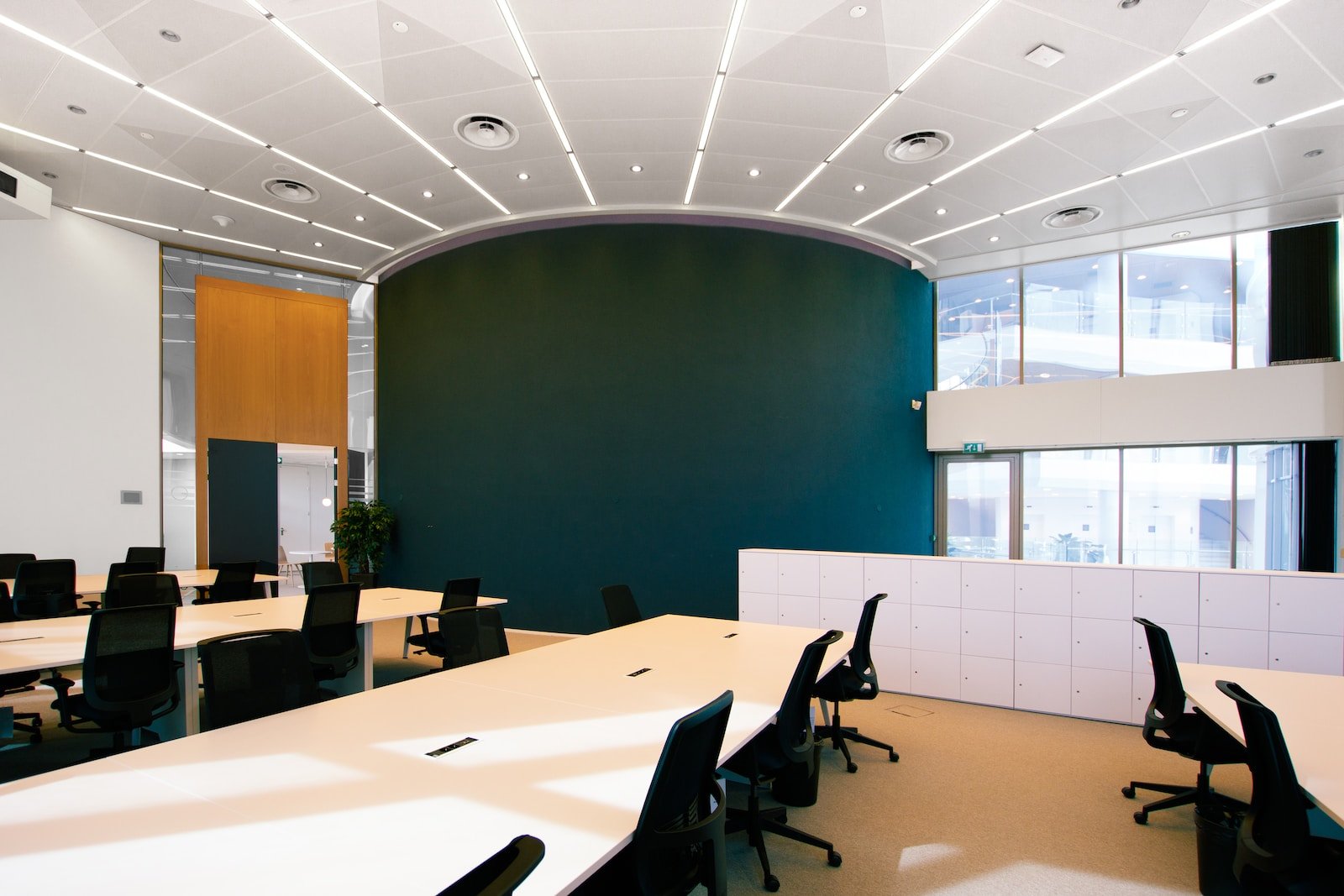A distributed audio system is a networked audio setup that enables audio playback in multiple zones or areas within a building or facility. It involves the distribution of audio signals from a central source to various speakers placed strategically throughout the space. This technology allows for consistent and synchronized audio playback across different areas, providing a seamless listening experience.
The scope of distributed audio systems is quite broad, and they find applications in various environments, including:
- Residential: In homes, distributed audio systems offer the convenience of playing music or other audio content in multiple rooms simultaneously or individually. Homeowners can enjoy synchronized audio throughout the house or create independent audio zones, such as having different music in the living room, kitchen, and patio.
- Commercial spaces: Distributed audio systems are commonly used in commercial establishments like restaurants, bars, retail stores, and hotels. These systems allow background music to be played throughout the premises, enhancing the ambiance and customer experience. Different zones can have independent volume control to cater to varying requirements and preferences.
- Offices: Offices often implement distributed audio systems to enable background music in common areas, lobbies, and hallways. Additionally, these systems can be used for public address (PA) announcements and paging, ensuring important messages reach all employees efficiently.
- Educational institutions: Distributed audio systems are utilized in schools, colleges, and universities for broadcasting announcements, emergency notifications, and educational content. They help disseminate information across classrooms, hallways, and common areas effectively.
- Hospitality venues: Hotels, resorts, and event venues employ distributed audio systems to provide audio coverage in various spaces, including guest rooms, lobbies, banquet halls, and outdoor areas. Such systems can integrate with other technologies like room automation and public address systems to offer a comprehensive guest experience.
- Entertainment venues: Distributed audio systems play a crucial role in entertainment venues like theaters, cinemas, stadiums, and arenas. They ensure consistent audio quality and coverage across seating areas, concession stands, and backstage areas, enhancing the overall immersive experience for attendees.
- Healthcare facilities: In hospitals and healthcare centers, distributed audio systems assist with patient monitoring, nurse call systems, and public address announcements. These systems facilitate effective communication and help create a comfortable environment for patients and staff.
Overall, the scope of distributed audio systems is vast, encompassing residential, commercial, educational, hospitality, entertainment, and healthcare sectors. They provide flexibility, scalability, and centralized control over audio distribution, making them an indispensable tool for delivering high-quality audio in diverse applications.

